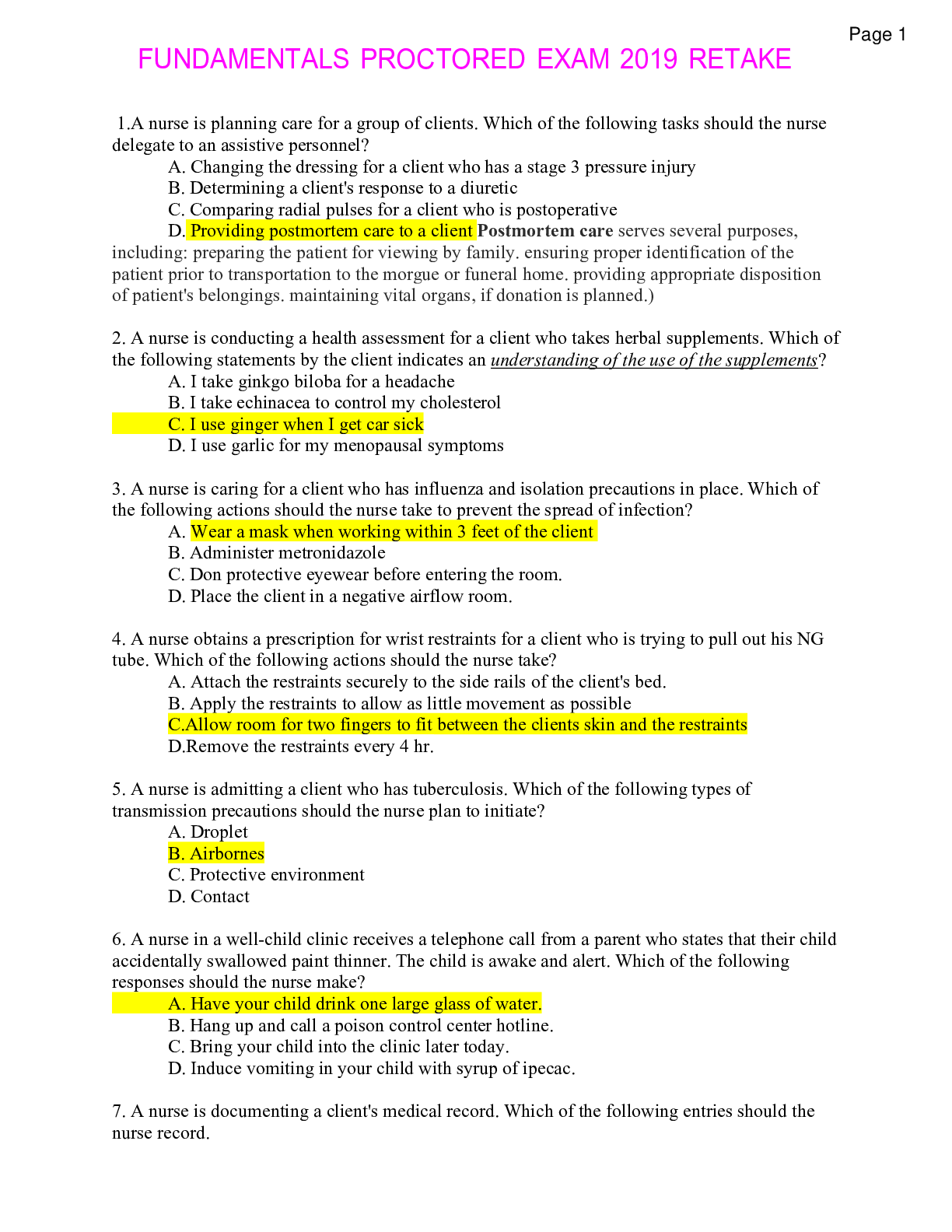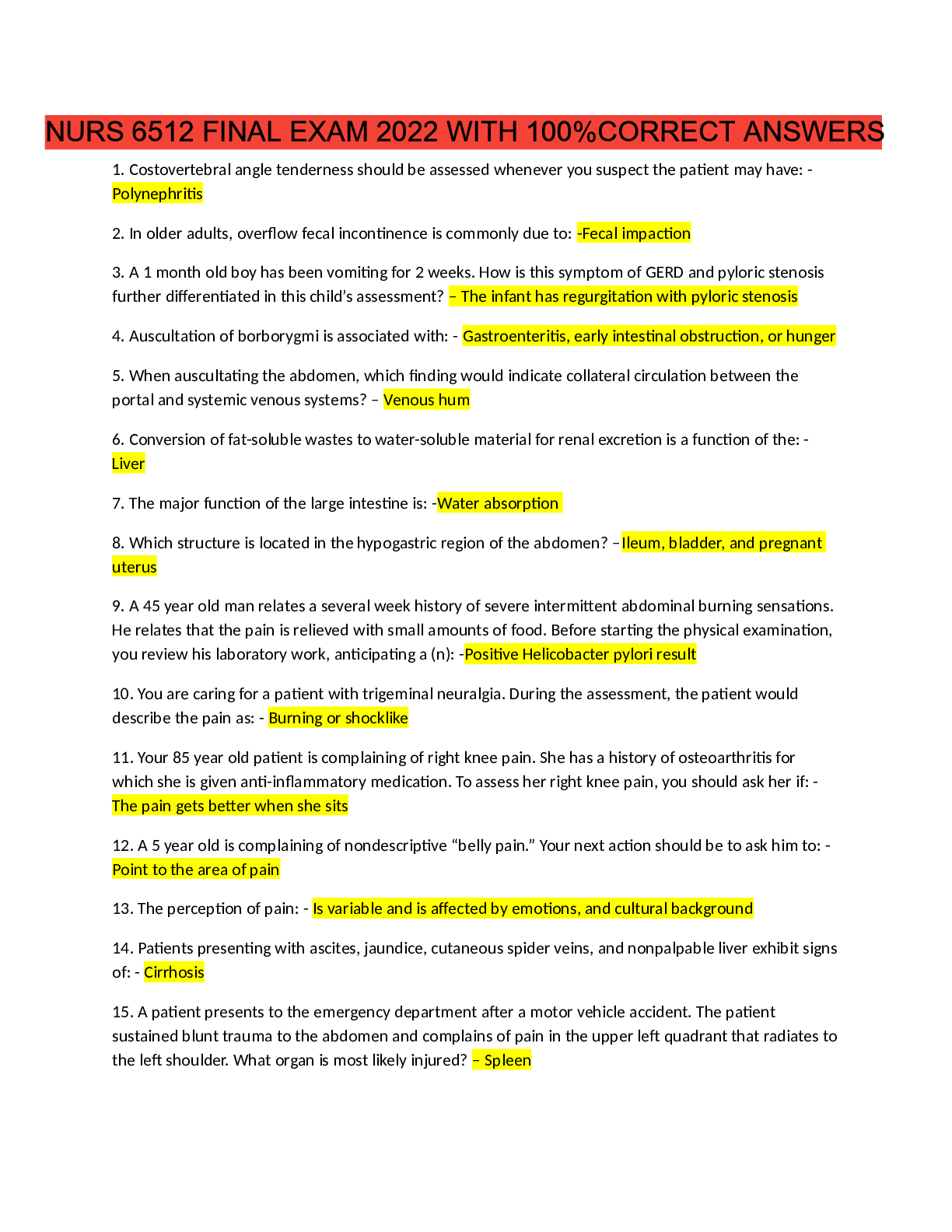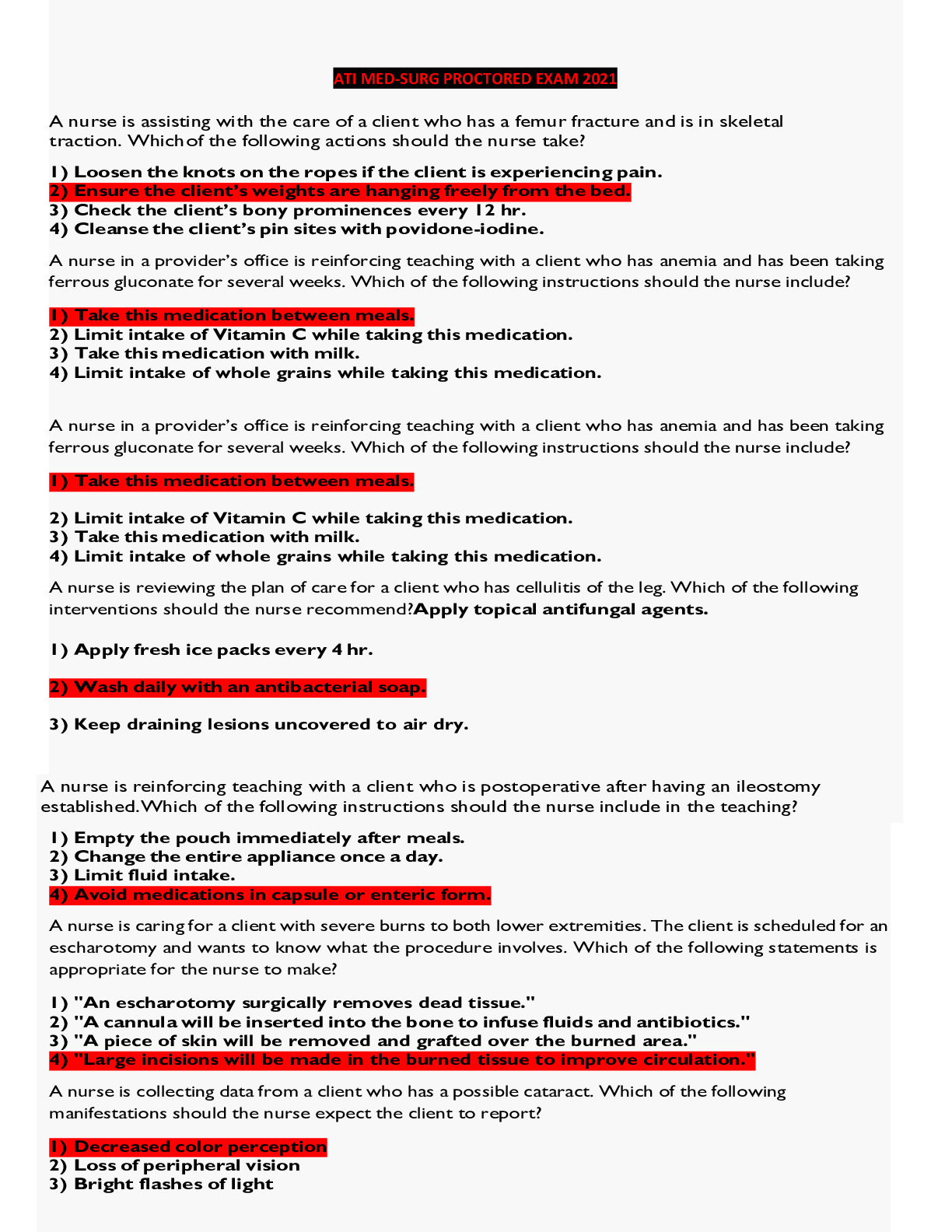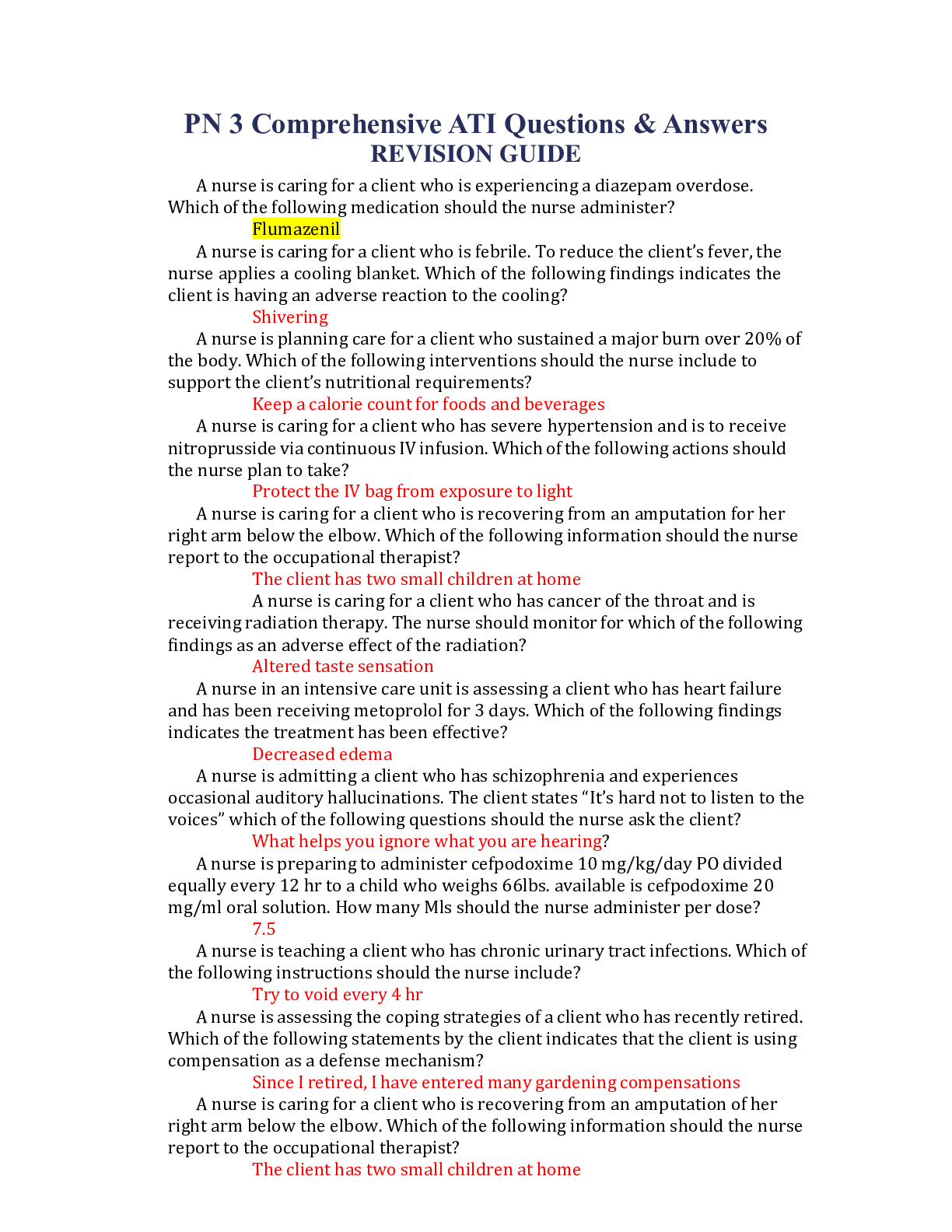Health Care > EXAM > RN VATI MATERNAL NEWBORN 2019 PROCTORED EXAM 60 Revision Questions & Answers with Rationales (All)
RN VATI MATERNAL NEWBORN 2019 PROCTORED EXAM 60 Revision Questions & Answers with Rationales
Document Content and Description Below
RN VATI MATERNAL NEWBORN 2019 PROCTORED EXAM 60 Revision Questions & Answers with Rationales 1. A nurse is assessing a client who is at 33 weeks of gestation. Which of the following findings sh... ould the nurse report to the provider? a. Epigastric pain: The nurse should notify the provider of the client's report of epigastric pain because this is a manifestation of preeclampsia. Other findings the nurse should report include severe headache, blurred vision, confusion, nausea and vomiting, and decreased urinary output. b. Leukorrhea: Leukorrhea, or vaginal discharge, is an expected finding throughout pregnancy. Leukorrhea increases during pregnancy due to hypertrophy of the cervix, which increases the amount of mucus secreted from the vagina. c. Excessive salivation: Ptyalism, or excessive salivation, is an expected finding in pregnancy. Increased levels of estrogen cause an increase in the production of saliva. d. Darkening of the skin on the face: Hyperpigmentation on the face, or melasma, is an expected finding during pregnancy. The anterior pituitary gland increases the production of melanocyte-stimulating hormone, causing an increase in pigmentation of the skin. 2. A nurse is assessing a newborn following a circumcision 48 hr ago. The nurse should identify that yellow exudate covering the newborn's glans penis indicates which of the following? a. Wound infection: Infected circumcision wounds appear swollen with a purulent discharge. b. Ulceration: Yellow exudate following a circumcision is not a manifestation of an ulceration. c. Exposure to urine: Yellow exudate is not a manifestation resulting from the wound being exposed to urine. d. Healing: After 24 hours, yellow exudate usually forms over the glans penis and remains for the next 2 to 3 days. It sometimes forms a crust, which is expected. The nurse should explain that the yellow film the guardians will see is granulation tissue as the circumcision heals. The guardians should not remove this tissue. 3. A nurse is developing a plan of care for a client who is in the latent phase of labor. Which of the following interventions should the nurse include in the plan to manage the client's pain? a. Encourage the client to listen to music: During the latent phase of labor, the nurse should implement nonpharmacological strategies to encourage relaxation and provide pain relief. There are a wide variety of cutaneous and sensory measures that are simple to implement during this stage of labor, such as music, rocking, breathing techniques, walking and application of hot or cold packs. b. Instruct the client how to use biofeedback: Biofeedback can be an effective method to reduce the discomfort of labor by promoting self-awareness and relaxation. However, the client must have received instruction and practiced this technique prior to labor for it to be effective. c. Administer fentanyl 100 mcg every hour via intermittent IV bolus…Fentanyl is an opioid agonist analgesic that enhances a client's ability to rest between contractions. However, opioids can also inhibit uterine contractions and prolong labor. Therefore, avoid administration of opioid analgesia until a client reaches the active phase of labor or cervical dilation of at least 4 cm. Downloaded by Denis Munene ([email protected]) lOMoARcPSD|16310140 d. Request the provider administer a pudendal nerve block….A pudendal nerve block relieves pain in the lower vagina and perineum during the second or third stage of labor. It provides anesthesia for episiotomy or repair of lacerations following birth. 4. A nurse is reviewing the laboratory results for a postpartum client who is receiving warfarin for deep-vein thrombosis. Which of the following laboratory tests should the nurse monitor? a. WBC count: The nurse should monitor the WBC count for clients who have conditions such as chorioamnionitis. However, it is not necessary for the nurse to monitor this level for a client who is receiving warfarin therapy. b. International normalized ratio (INR): The nurse should monitor the INR of a client who is taking warfarin. Prothrombin time (PT) is also measured to regulate warfarin therapy. However, PT values are more difficult to interpret. INR is determined by multiplying the PT by a correction factor based on the specific thromboplastin preparation used for the test, as a way of equalizing laboratory-to-laboratory variations. c. Plasminogen levels: Plasminogen is fibrinolytic and is usually elevated during pregnancy. However, it is not necessary for the nurse to monitor this level for a client who is receiving warfarin therapy. d. Activated partial thromboplastin time (aPTT): The nurse should review aPTT if client is receiving heparin. 5. A nurse is reviewing the m [Show More]
Last updated: 1 year ago
Preview 1 out of 25 pages

Reviews( 0 )
Document information
Connected school, study & course
About the document
Uploaded On
Sep 03, 2022
Number of pages
25
Written in
Additional information
This document has been written for:
Uploaded
Sep 03, 2022
Downloads
0
Views
36


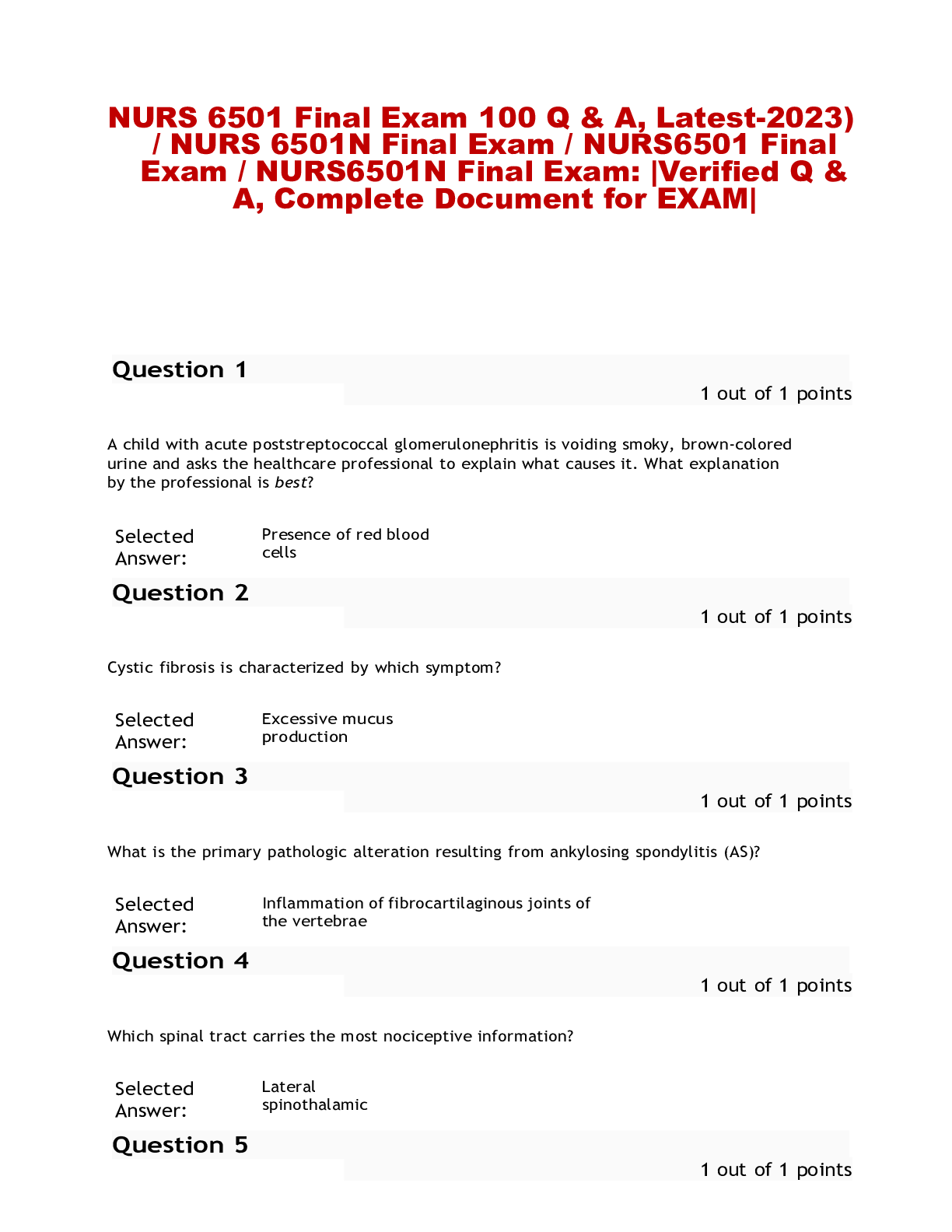
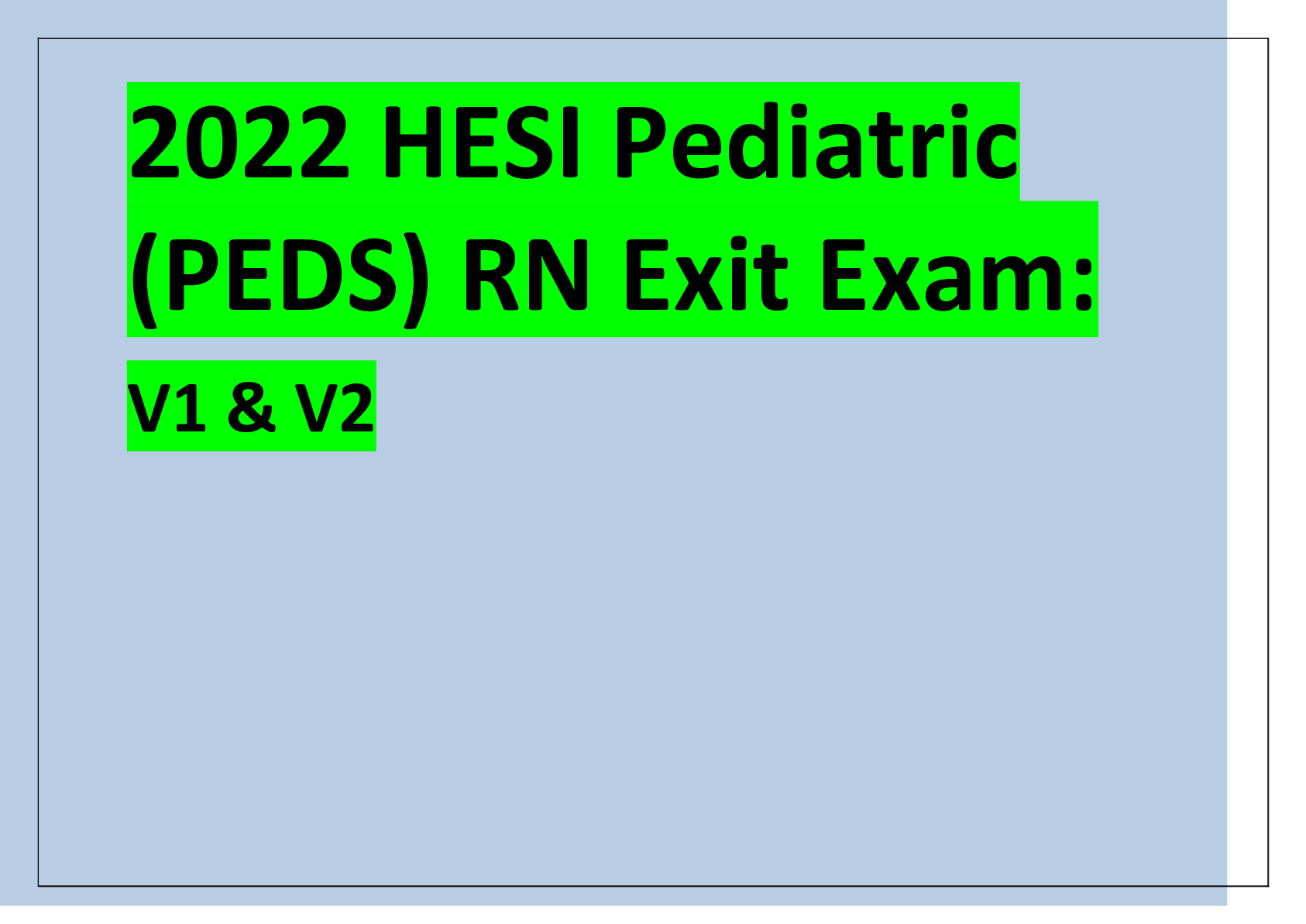
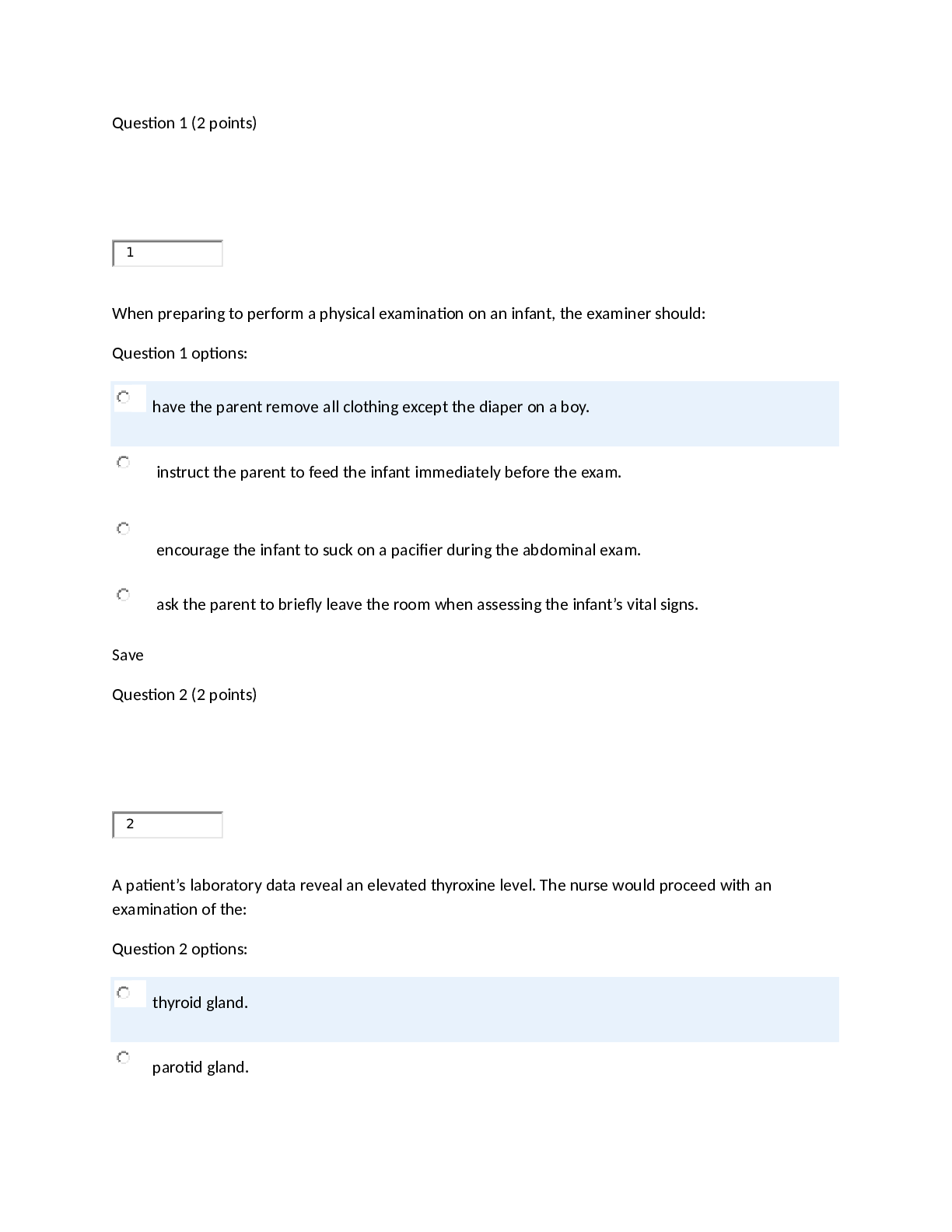
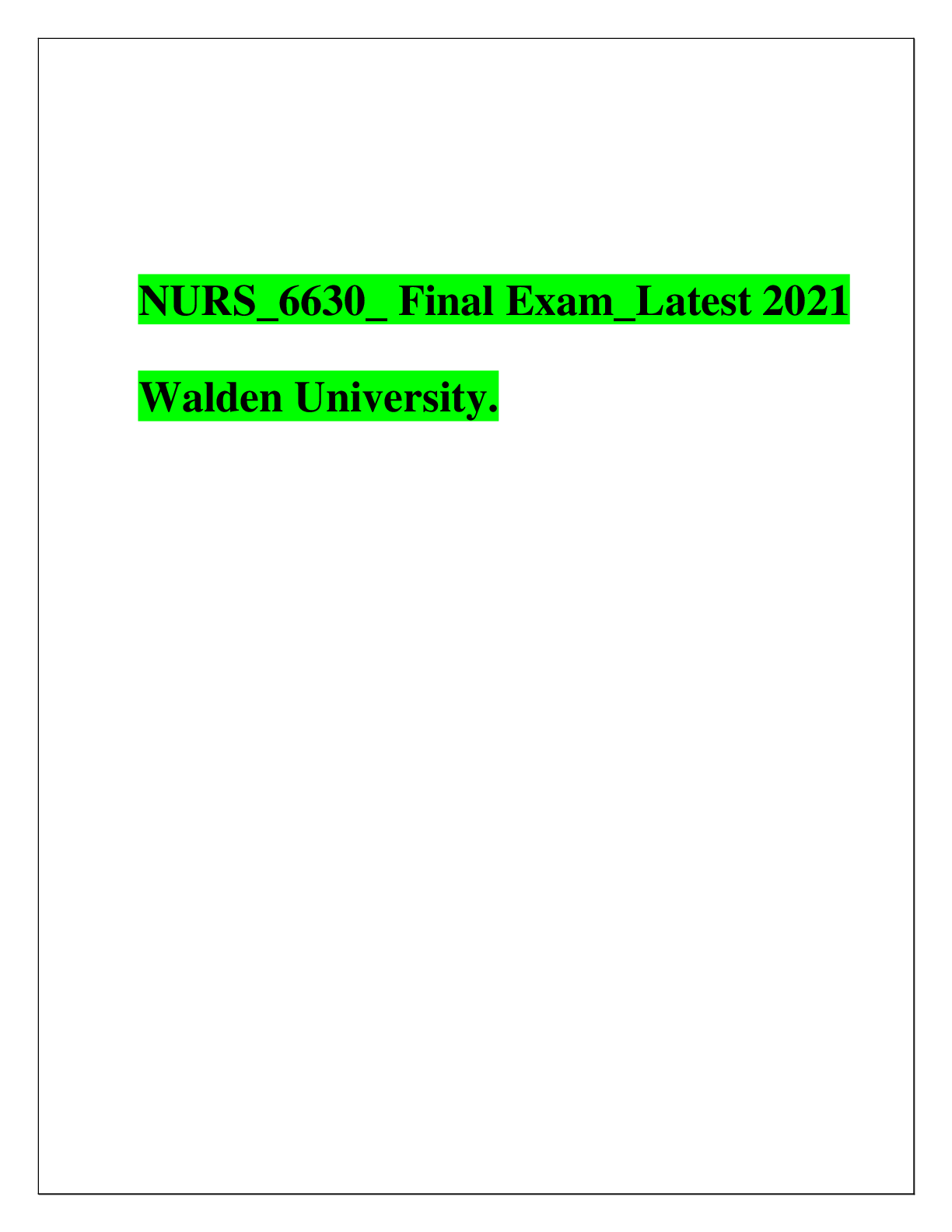
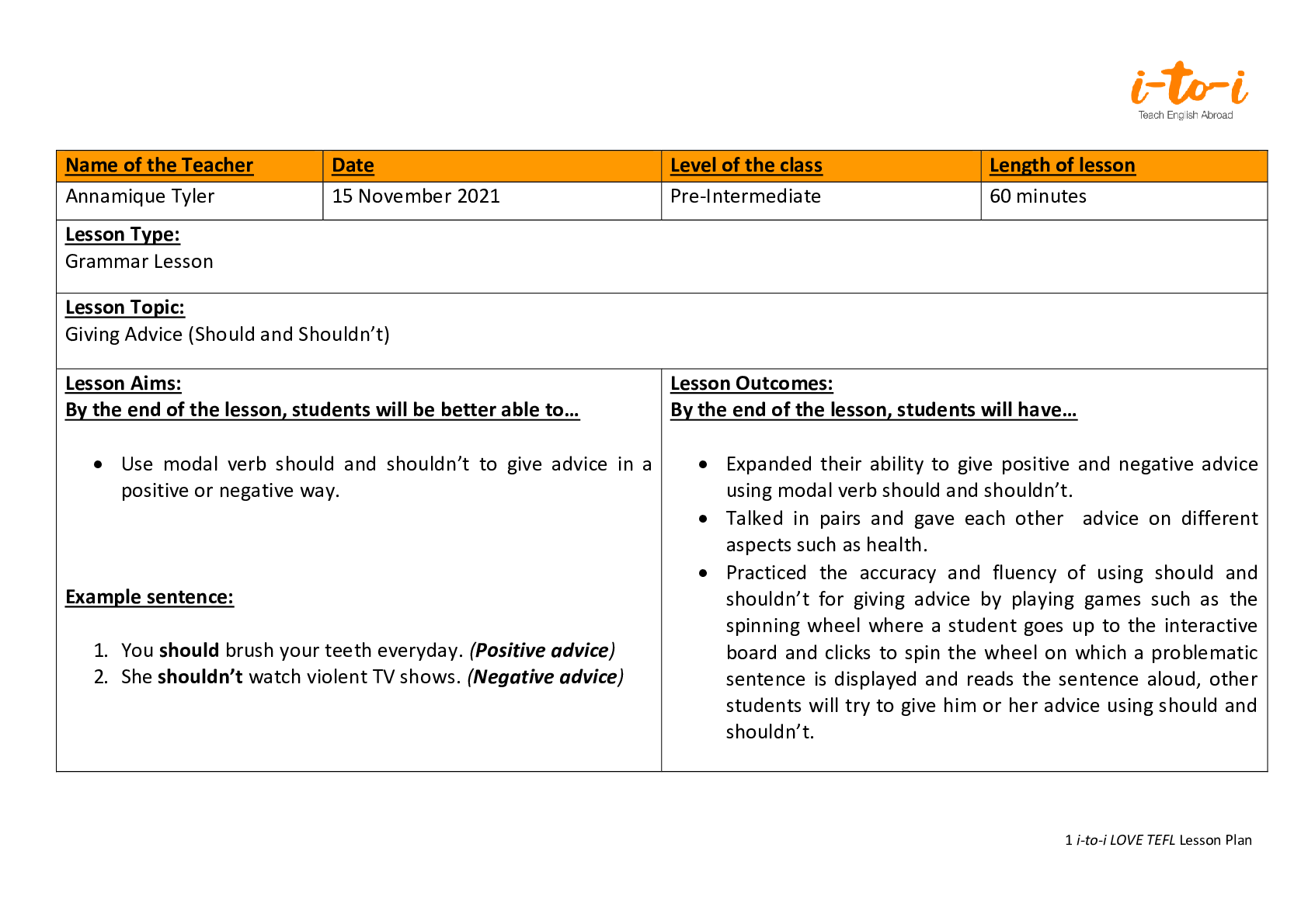



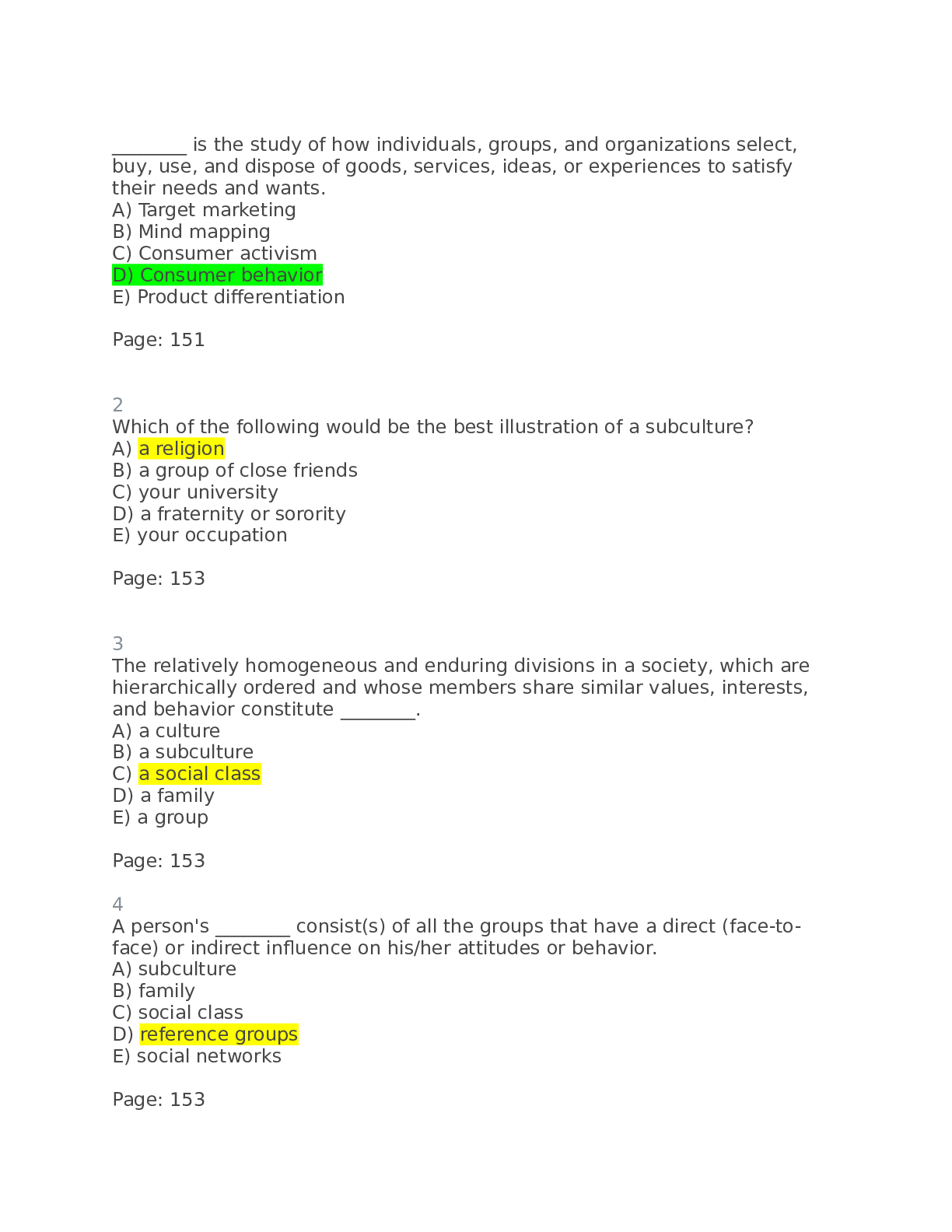

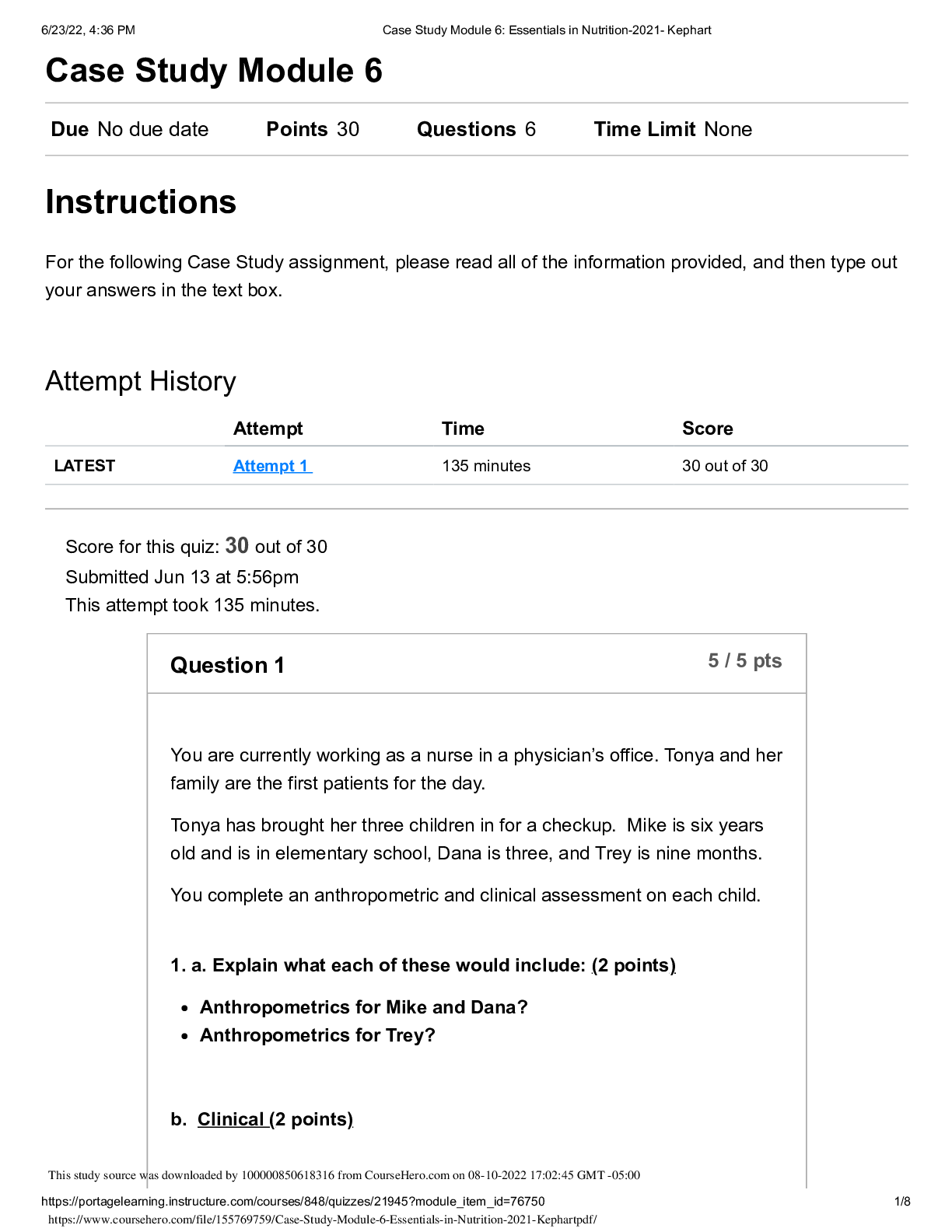
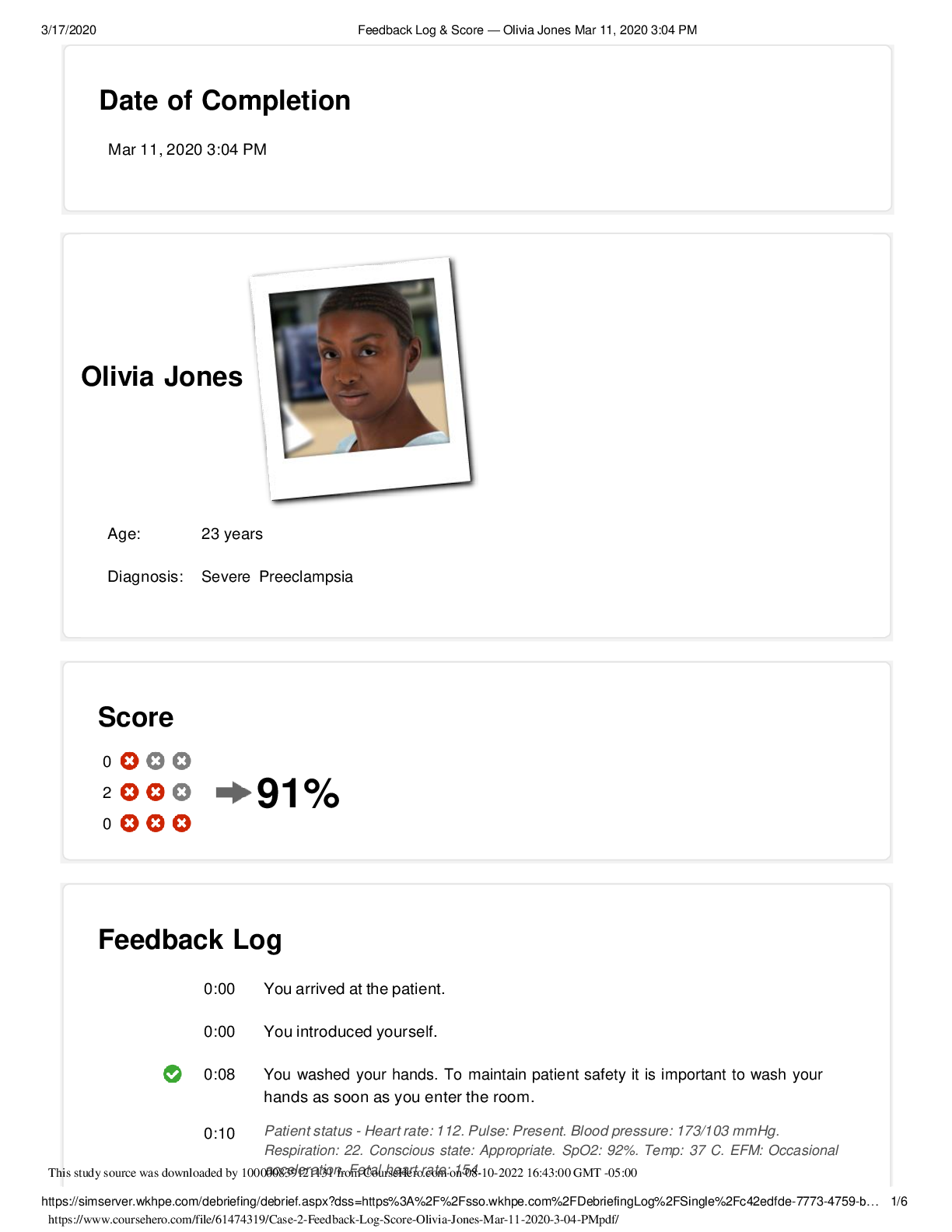
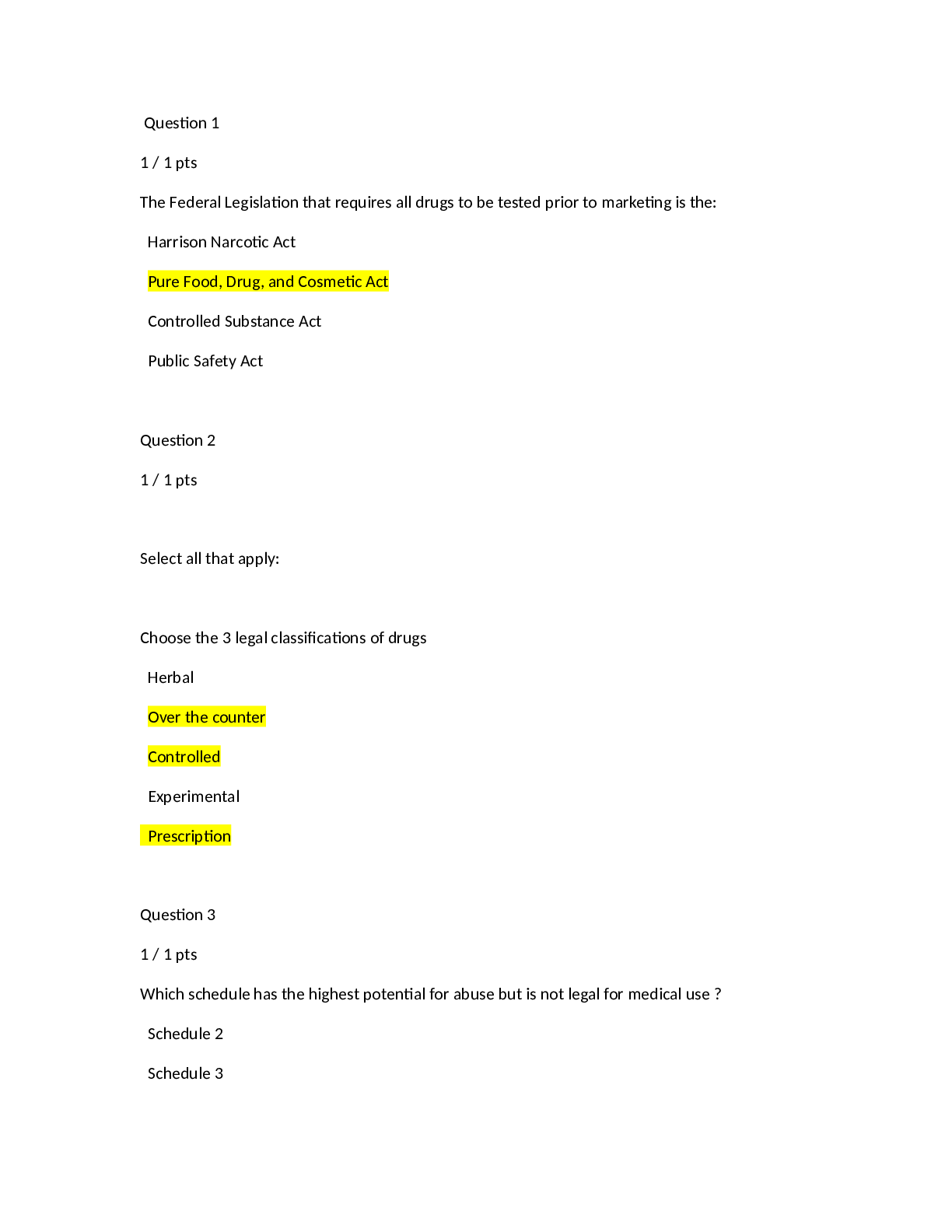
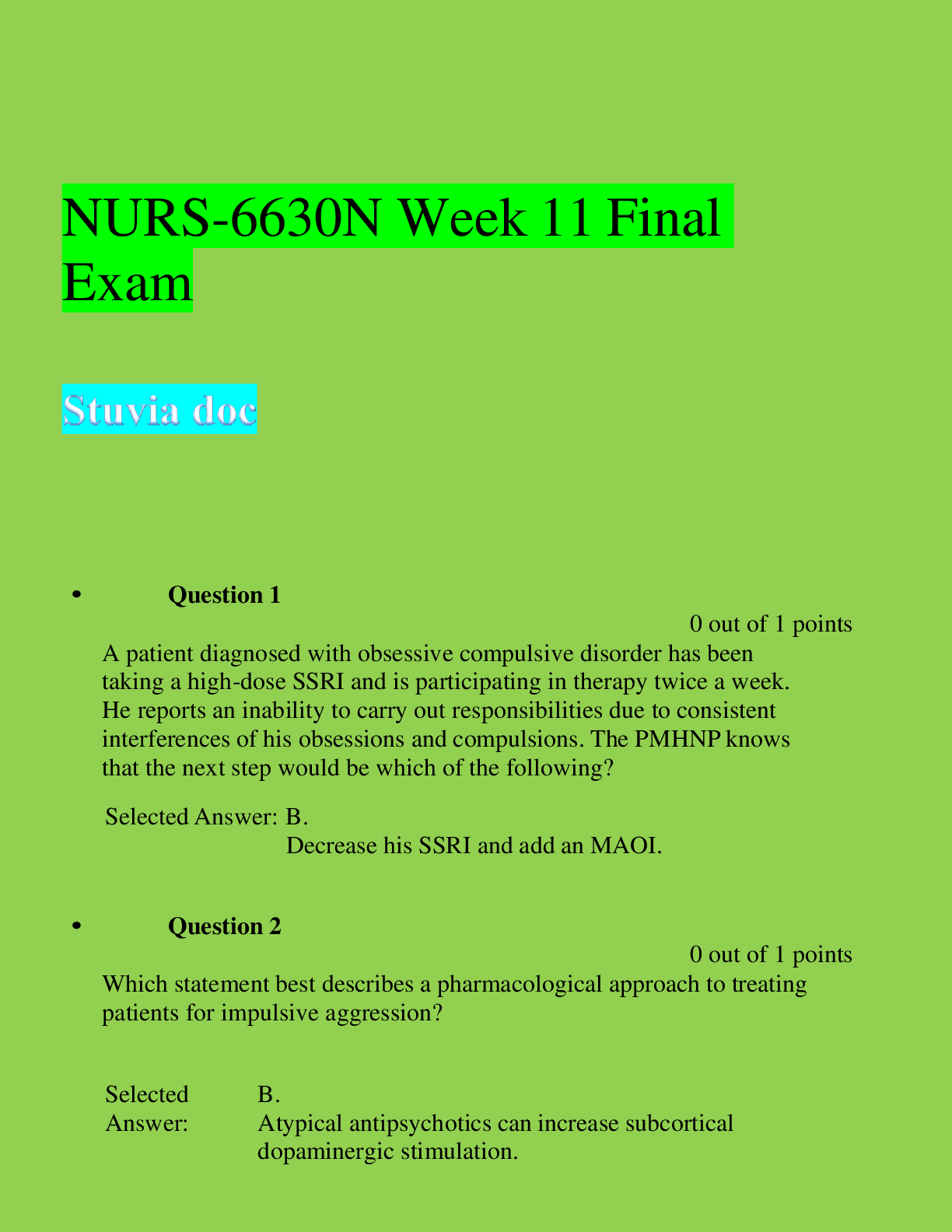
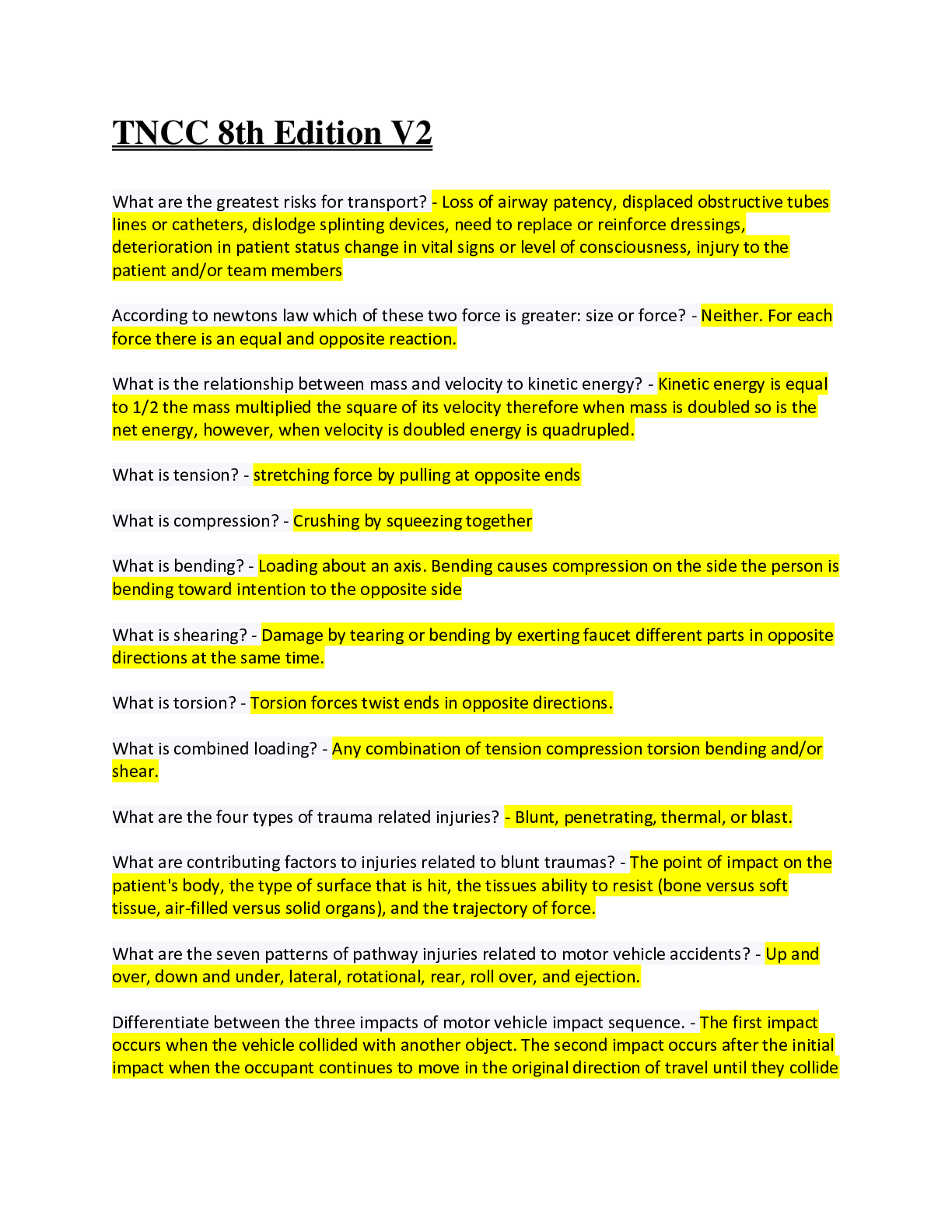








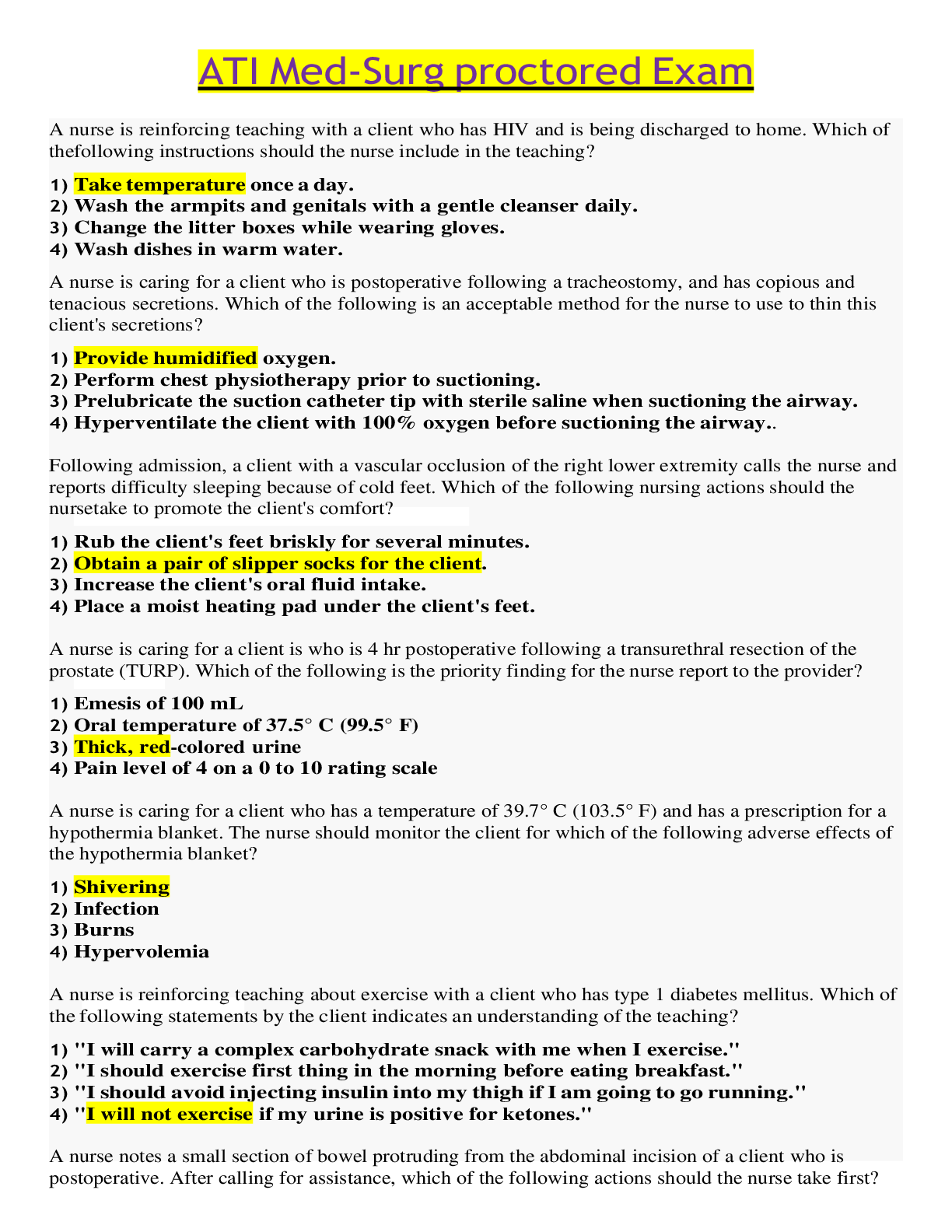
.png)

